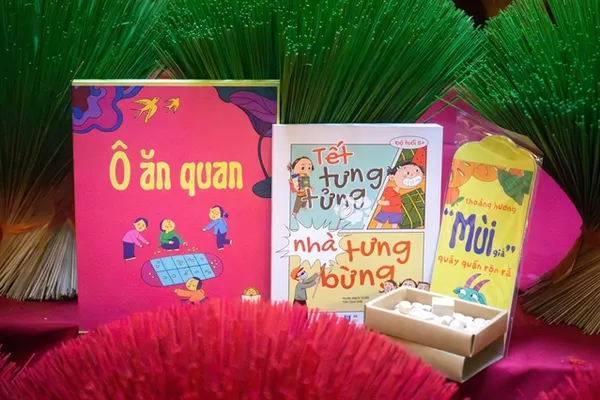 Society
Society

Friend or foe? What was once deemed the enemy of the farmer, seems to have been given a repreive as clever growers have thought up ways to welcome saline water.
 |
| Farmer Võ Thị Chanh makes shrimp feed from ground rice. - Photo laodong.vn |
TRÀ VINH — Friend or foe? What was once deemed the enemy of the farmer, seems to have been given a reprieve as clever growers have thought up ways to welcome saline water.
Saline water used to be an a massive problem for farmers in Hòa Minh and Long Hòa communes, Châu Thành District in Mekong Delta Province of Trà Vinh.
Relying on rice cultivation only and surrounded by saline intrusion in every drought season, local residents stayed impoverished for years.
They could do nothing but see salt water entered the field in the dry season and destroying their crop, and their livelihoods.
Thirty years ago, local authorities of Hòa Minh and Long Hòa island communes stuck to rice mono-culture and tried to minimise saline level to bring fresh water to the field.
Gradually they realised staying loyal to this industry would make their lives even tougher, so many started to pilot breeding shrimps and crabs.
Since farmers started to rotate rice and shrimp farming in the same field, saline water has no longer been their fear.
To be able to do farming all year around, farmers grow rice in rainy season and breed shrimp, crab or fish in the same field when dry season arrives.
Võ Thị Chanh, farmer of Cồn Chim Hamlet of Hòa Minh Commune, is one of the farmers who successfully applied the model.
During rainy season, Chanh grows rice on her one-hectare land which yields three tonnes per year and then switches to shrimp farming when saline water enters her field.
The model saves farming expenses because the rice can be used to feed the shrimps..
The cooked rice is ground into power and mixed with penicilated shrimp to make shrimp feed which is a clean source of food.
Thanks to the effective model, 2016 shrimp season brought Chanh more than VNĐ200 million (US$8,700) from 1.3 tonnes of shrimps and 8,000 crabs.
While most of the farmers (in Mekong Delta region) struggled to fight against the historical saline intrusion in 2016, farmers in Cồn Chim Hamlet were excited to let saline water in, she told Lao Động (Labour) newspaper.
Organic feed
In the 2000s, an organic rice company in HCM City came to the village and instructed farmers how to grow organic rice. Although the rice productivity reaches 4.5 to 5.2 tonnes of ha only, its price sold to the market mounts up to VNĐ9,000-11,000 per kg, twice or three times higher than other types of rice.
The pesticide-free rice cultivation model is considered to be environmentally friendly. Farmers started to breed shrimps and crabs in the organic rice field.
Sáu Hiền, head of Giồng Giá Hamlet’s organic rice co-operative in Hòa Minh Commune plants organic rice and raises tilapia in the freshwater season.
Between January and June (lunar calendar), he breeds shrimps and crabs.
He said because shrimp value is bigger than rice, when growing rice, farmers do not use pesticides to protect shrimp.
After a season of shrimp and crab, soil turns more fertile with huge amount of organic boosting rice productivity. In return, rice plants absorb residue from the shrimp ponds and purify the water where plankton reproduces well and serves as shrimp, crab feed.
Besides rice-shrimp farming, farmers of Long Hòa and Hòa Minh communes also raise nearly 6,000 oxen in the area surrounding the rice field.
Trần Trung Kha, chairman of Hòa Minh Commune’s People’s Committee said each household of Hòa Minh commune yields more than 6,000 tonnes of shrimps, crabs and thousands of tonnes of organic rice.
The rice-shrimp farming model has helped farmers get out of poverty. Many farming households make money thanks to the rotation, he said. — VNS




